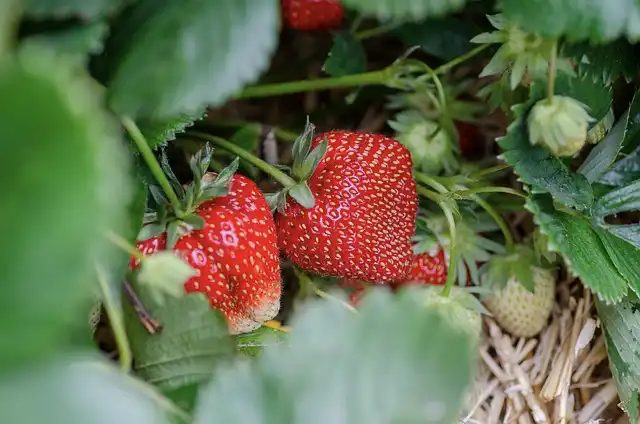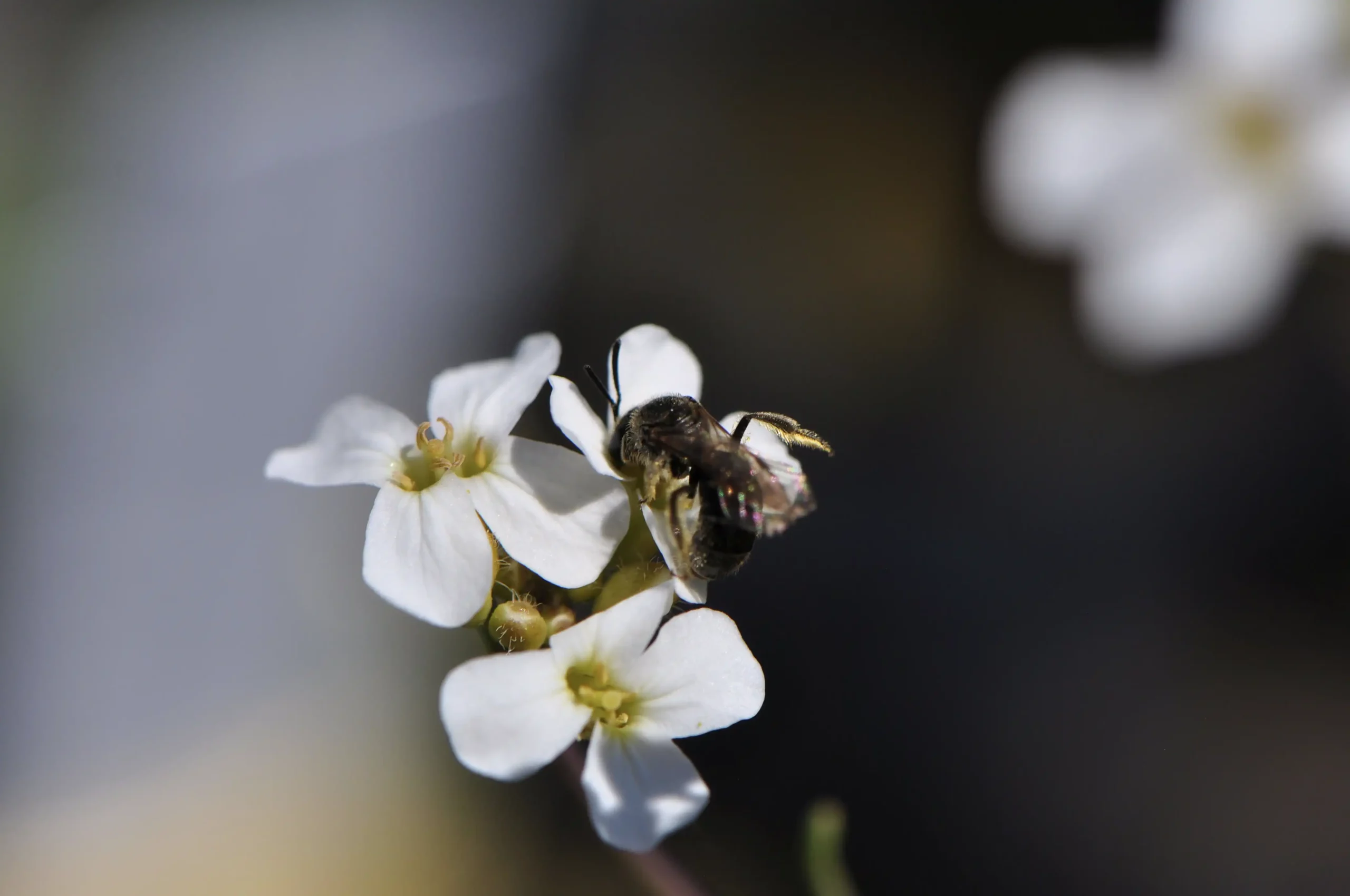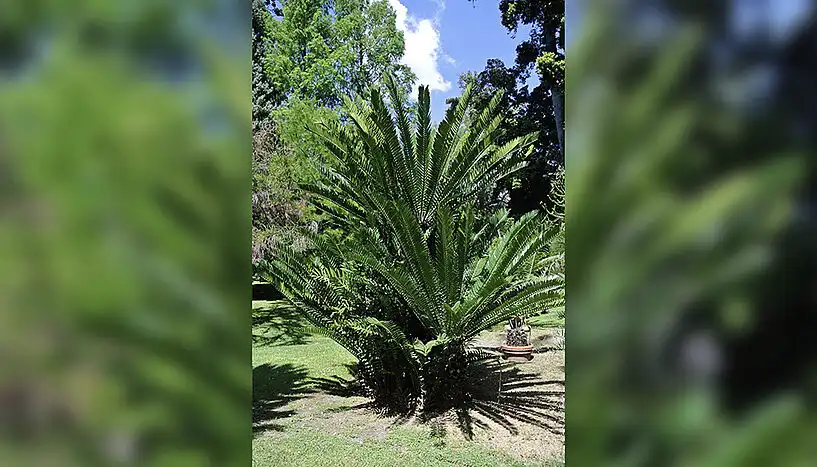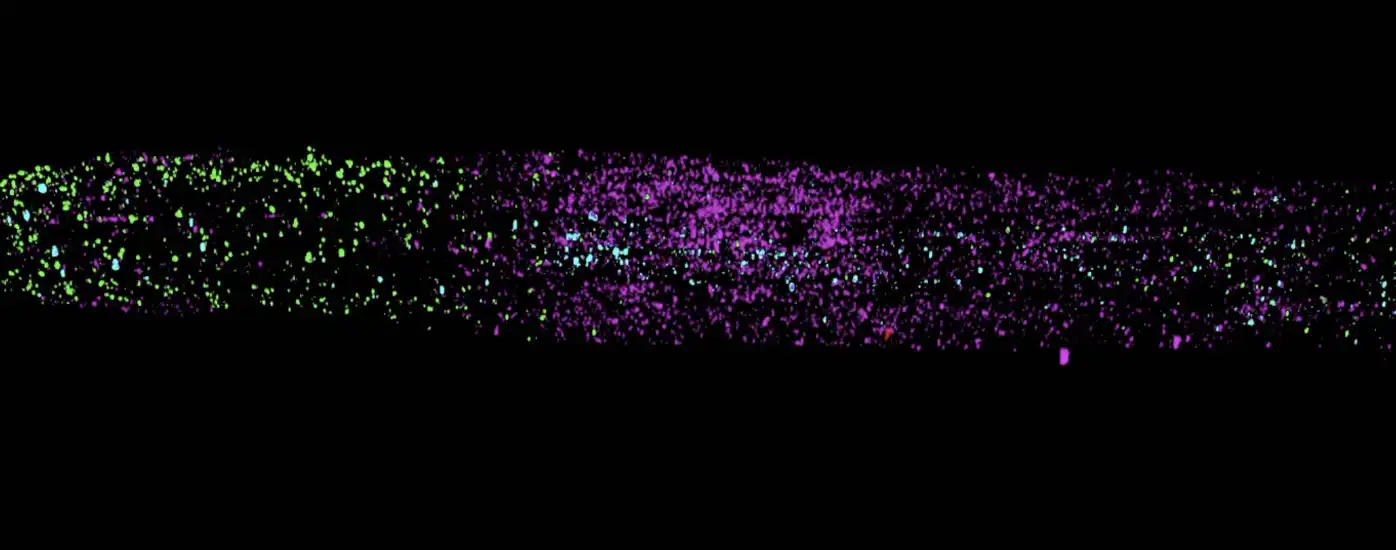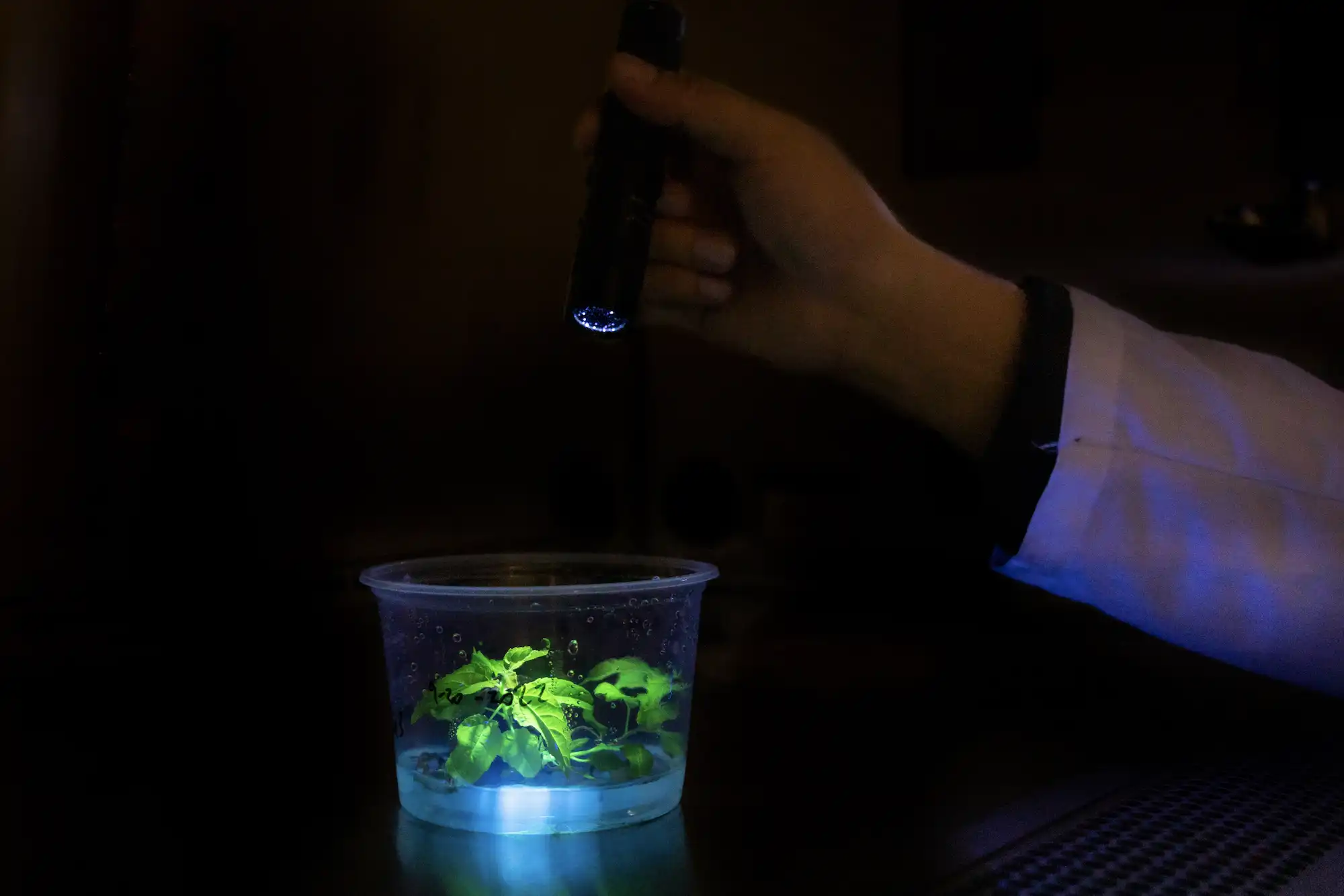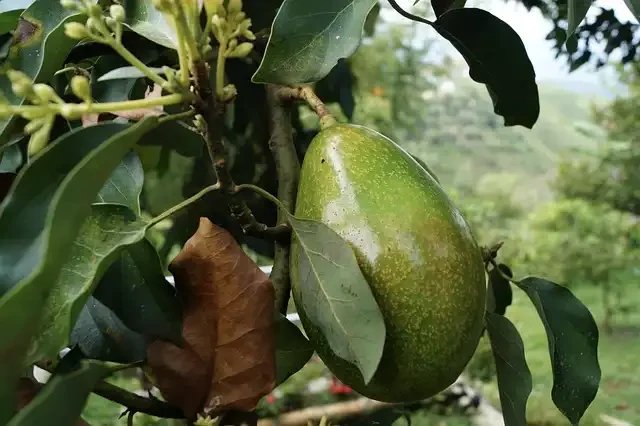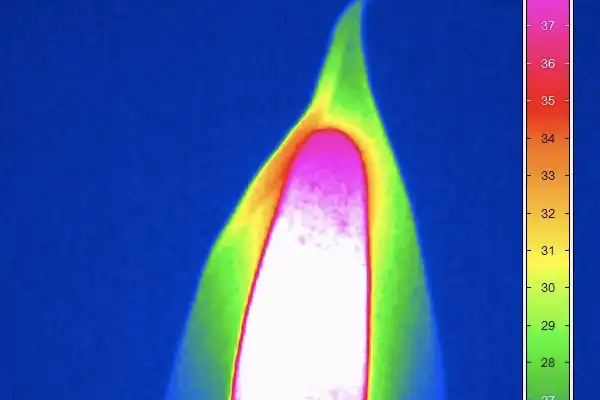
In a new study researchers have developed new approaches to compare and investigate the ability of plants in the genus Amorphophallus to produce their own heat, exploring the highly varied temperature patterns and their evolutionary significance.
Read More




